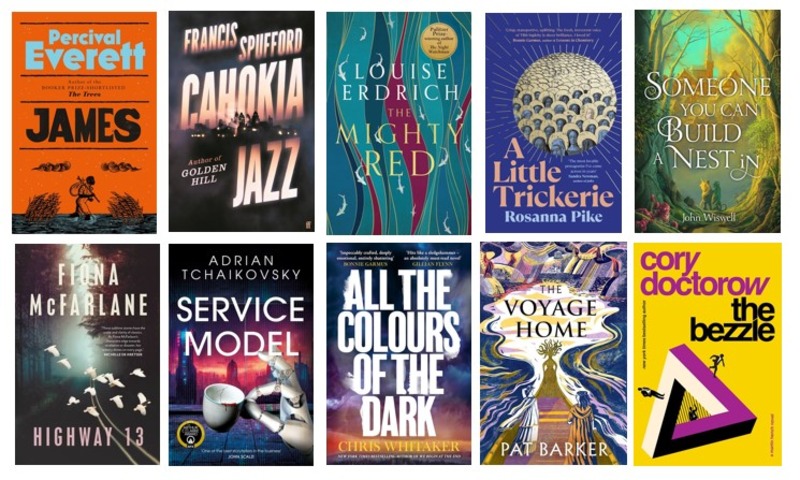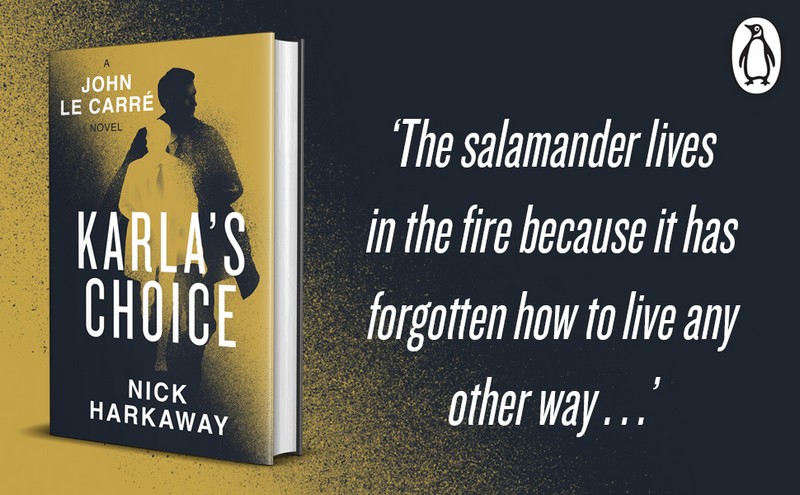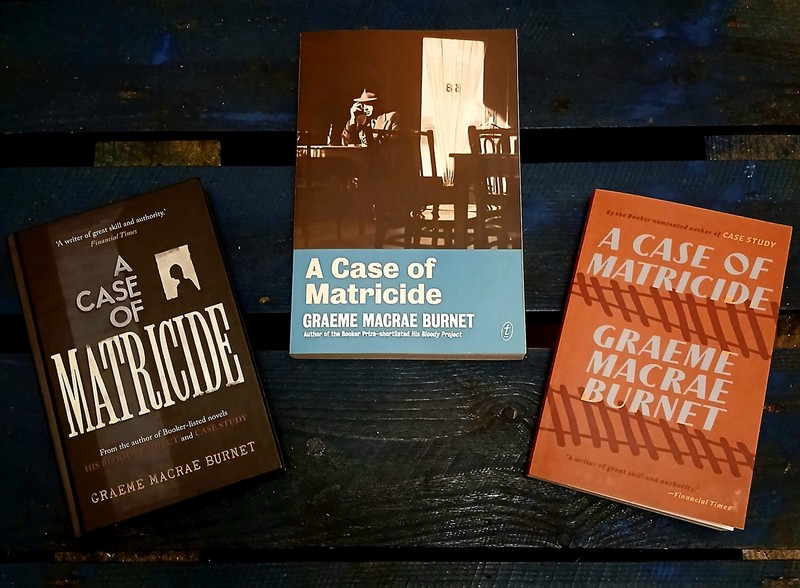 British author Francis Spufford travels to America in 1922 for his latest novel, Cahokia Jazz, but it is not an America that readers will know. The alternative world of Cahokia Jazz is one in which smallpox did not decimate the indigenous population of the North America. As a result, when European settlers started to arrive they found an organised and fearsome population. Fast forward to 1922 and the city of Cahokia, across the river from a little village called St Louis, is the bustling metropolitan heart of a thriving indigenous culture. But the forces of white exceptionalism and rapacious capitalism that created modern America are still in play and the leaders of Cahokia need to be continually on their guard.
British author Francis Spufford travels to America in 1922 for his latest novel, Cahokia Jazz, but it is not an America that readers will know. The alternative world of Cahokia Jazz is one in which smallpox did not decimate the indigenous population of the North America. As a result, when European settlers started to arrive they found an organised and fearsome population. Fast forward to 1922 and the city of Cahokia, across the river from a little village called St Louis, is the bustling metropolitan heart of a thriving indigenous culture. But the forces of white exceptionalism and rapacious capitalism that created modern America are still in play and the leaders of Cahokia need to be continually on their guard.
While all of this sounds a little academic, Cahokia Jazz is far from that. Spufford builds this alternative world through the lens of a murder investigation and the eyes of Joe Barrow, a takouma (the local word for the indigenous people) who was brought up in an orphanage and so is new to much of his own culture and language. In this respect, Spufford uses classic noir detective characters (battered investigator, corrupt cops, femmes fatale, evil industrialists) and tropes in the way that they are best used – to explore all of the strata of a society. Through his investigation Barrow finds himself going from the centre of the city to its back alleys, exclusive club rooms and major institutions. And as all good noir detectives, he is constantly being beaten up, told off by his superiors and betrayed but also always angling towards solving the case no matter how painful the solution might be for him personally.
Spufford uses the plot and the action of Cahokia Jazz to reflect on more current events and the underlying tensions in America. The initiating event is a grizzly murder made to look like an Aztec sacrifice. Soon the racist currents start to surface and with it the Ku Klux Klan, waiting for an opportunity to challenge the legitimacy of takouma rule but also unhappy with the fact that Cahokia is also a haven for Black Americans (taklousa). A major set piece in the centre of the novel is a January 6th style march by a beweaponed crowd, freed by the anonymity of their white pointed hoods. But all through the book, Barrow reflects on the smaller moments of racism and the prejudice that sits beneath the surface of his city.
There are plenty of alternate histories, but some of the most effective are those told using the tropes of crime fiction. Novels that spring to mind include Michael Chabon’s The Yiddish Policeman’s Union and Robert Harris’s Fatherland. Cahokia Jazz is up there with the best of these. Spufford uses his investigative scaffold to explore and deliver a fully realised world with a vibrant culture full of complex characters. And it is a world that feels so rich and complete that even in his Author’s Note, Spufford is able to reflect on events that happen well after those of the novel in a way that is likely to bring a smile to the faces of readers who get that far.
Robert Goodman
For more of Robert’s reviews, visit his blog Pile By the Bed
Other reviews you might enjoy:
- Top 10 books of 2023
- The Darkest Sin (DV Bishop) – book review
- The Waiter (Ajay Chowdhury) – book review

Robert Goodman is a book reviewer, former Ned Kelly Awards judge and institutionalised public servant based in Sydney. This and over 450 more book reviews can be found on his website Pile By the Bed.



